
“Shadowless Sword” Korean Theatrical Poster
Director: Kim Young-Jun
Cast: Yun So-Yi, Lee Seo-Jin, Shin Hyun-Joon, Lee Gi-Yong, Jeong Ho-Bin, Park Seong-Woong
Running Time: 98 min.
By Paul Bramhall
The words ‘Korean’ and ‘wuxia’ are not really two which you’d immediately think of putting together. The Korean film industry has gained a reputation for producing high quality entries in the likes of the gangster, revenge thriller, and melodrama genres. On the other hand, the wuxia genre has tended to remain a mainstay of Chinese filmmaking, with most movies by definition based on Chinese novels about the martial arts world, filled with chivalrous swordsman and alike.
In 2000 though, director Kim Yeong-joon decided to do just that, by adapting the Korean comic Bichunmoo for the big screen. As much as wuxia tales tend to focus on treacherous martial arts clans, doomed lovers, and other such romanticized notions, on screen they’re just as much defined by their action. Yeong-joon didn’t want to take any chances, so took the trip to Hong Kong in the hopes of asking legendary choreographer Ching Siu Tung to come onboard as action director. Unfortunately Siu Tung’s schedule was fully booked, however Yeong-joon clicked with one of his protégés, Ma Yuk Sing, responsible for the choreography in the likes of White Dragon and Enter the Phoenix, and ultimately Yuk Sing took the job.
Bichunmoo was a worthy attempt at making a Korean wuxia, featuring plenty of stylized action, and some subtle use of CGI to enhance many of the practical moves. However in a 2005 interview Yuk Sing expressed his frustration with the final product, citing the lack of time they had to film, the use of stunt doubles for most of the action, and his own failure to really grasp the elements of the movie itself. He did form a strong friendship with director Yeong-joon though, and 5 years later, when Yeong-joon approached him to come onboard as the action choreographer for his 2nd attempt at a Korean wuxia, Yuk Sing didn’t think twice.
That 2nd wuxia would become Shadowless Sword, and together Yeong-joon and Yuk Sing made sure none of the regrets of their previous collaboration would be repeated again. The decision was made to film in China, and before the cameras started rolling all of the key players in the cast did an intensive 6 days per week 2 month crash course with Yuk Sing and his stunt team, to bring them up to speed with the physical demands that any wuxia movie requires.
The story of Shadowless Sword takes place in 927AD, and we learn that the leader of the wonderfully named Killer-Blade Army, played by Shin Hyeon-joon (the lead in Bichunmoo), is killing all of the heirs to the throne due to a wrong doing he felt was committed against his family. When a prince, played by Lee Seo-jin, who was believed to have vanished is found masquerading as a commoner, a bodyguard is sent to find him and convince him to accept his birthright. What’s unique about Shadowless Sword, is that for a wuxia movie it gives us a central protagonist in the form of a female, as the bodyguard is played by Yoon Soy. Soy has reverted mostly to acting in TV dramas in recent years, but in 2005 it looked like she was going to potentially carve out an action career for herself, having also starred alongside Ryoo Seung-beom in Arahan 2 years earlier.
Special mention also has to go to the other members of the Killer-Blade Army. Park Seong-woon, most recently seen in the gangster movies Man on High Heels and The New World, is almost unrecognizable as a cudgel wielding monk. Sporting a fully shaved head which is covered in Chinese character tattoos, his look here is definitely a memorable one. Playing a deadly female assassin, who appears just as lethal as Hyeon-joon himself, is the stunning Lee Gi-yong. Shadowless Sword was Gi-yong’s movie debut, and after having a cameo as a female assassin a year later in My Wife is a Gangster 3, she disappeared from the movie scene to return to modeling. It’s a shame, as her action performance is convincing, and at 180cm tall, she has an imposing screen presence.
As a sophomore effort, Yeong-joon and Yuk Sing look to have taken full advantage of their understanding and expectations of each other, as Shadowless Sword crams in an almost non-stop barrage of imaginative and creative action scenes. From a bowman who fires insanely large arrows, which fly through the air impaling people as they go like a human kebab, to a boomerang like sword which our heroes have to fend off while dealing with multiple attackers at the same time. There is no doubt in 2005 that the technology was there to perform all this outlandish action with CGI, so it’s refreshing to see that none of it is. Apart from the standard green screen work for some backdrops, all of the action is performed with wires and in-camera effects, as can be seen in the outtakes when one of the huge arrows being fired along a wire goes a little further than it was supposed to, resulting in Yoon Soy being hit square in the face by it.
Yuk Sing acknowledged that as a Korean movie he wanted to create a different action aesthetic than his Hong Kong work, and in many ways he succeeds. All of the trademark shots from his mentor Siu Tung are there, from props and bodies exploding in every direction, to whole floors being ripped up with the stroke of a sword. But there’s also a lot of originality as well, from an underwater escape, to an open handed fight scene which involves several limbs being snapped in painfully graphic ways. Of course as seems to be the requirement of any post-Crouching Tiger, Hidden Dragon wuxia movie, we also get a rooftop chase scene, but frankly it wouldn’t have been complete without it.
If it was possible to pick any fault with Shadowless Sword, it’s that the story is undeniably simplistic. Perhaps in a move to distance himself from the over-convoluted plot of Bichunmoo, which in many ways was down to its source material, here Yeong-joon creates what’s essentially an A-to-B chase movie, with Soy and Seo-jin being pursued by Hyeon-joon and his Killer-Blade Army. It’s a plot structure which was re-used for 2011’s War of the Arrows. In the first third of the movie this looks like it could be problematic, as neither Soy or Seo-jin seem to have particularly good chemistry with each other, and we’re about to spend the rest of the movie with them. However as events progress, thankfully so do their characters, and it’s not long until we’re rooting for them to get away. They also get an unexpected character arc in the finale, which provides a welcome explanation for a lot of what has come before.
It would be a crime not to mention the soundtrack for Shadowless Sword. Switching between a fast paced Korean drum based score for the action and chase scenes, to a full orchestra for the movies more dramatic moments, the quality of the music really stands out (perhaps in part due to being recorded in Australia, no doubt thanks to US film studio New Line Cinema co-producing). Being Korean, parts of it are unashamedly romantic, so for those who don’t like sweeping scores set to longing looks, there may be parts when you’ll want to look away. But even if that’s the case, it’s never too long before someone gets impaled on a giant arrow, sliced to pieces with a sword, or my personal favorite, has their body explode from the inside out.
Paul Bramhall’s Rating: 8/10

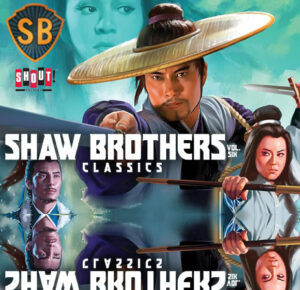
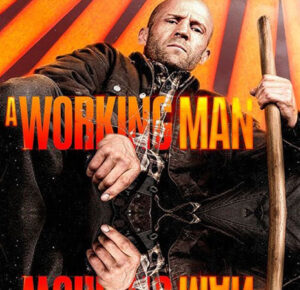
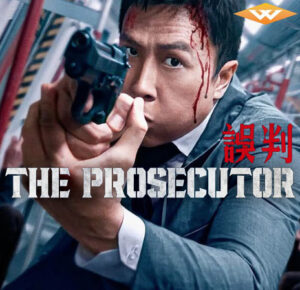
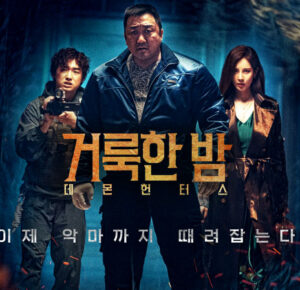










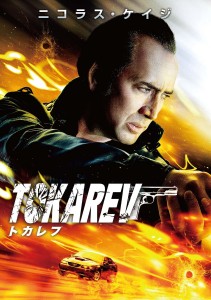




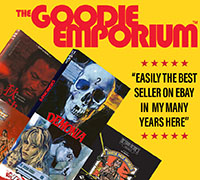
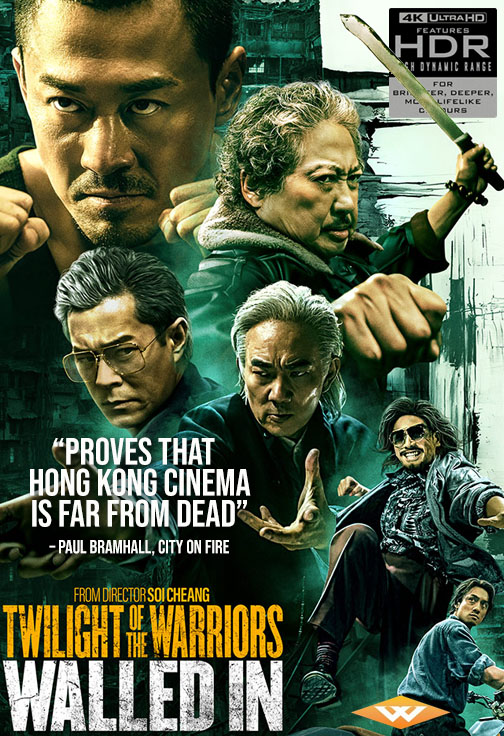

Be the 1st to Comment